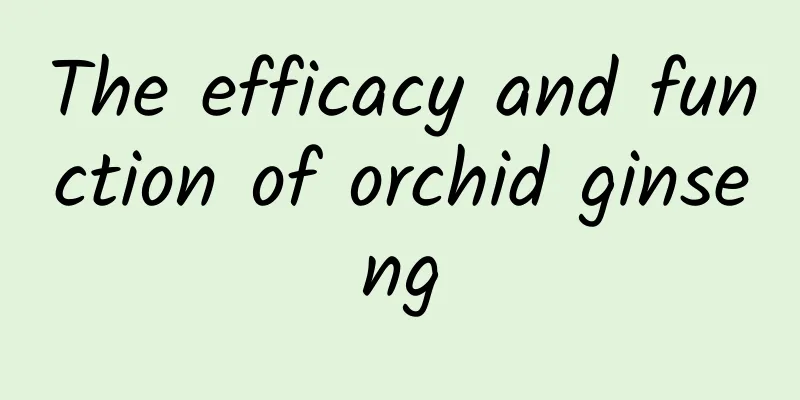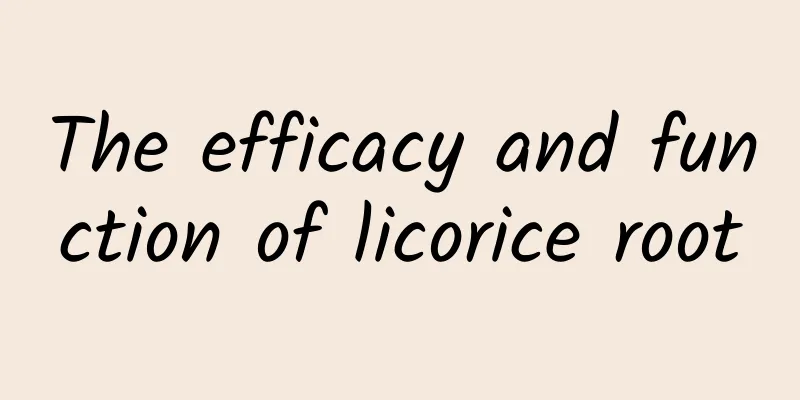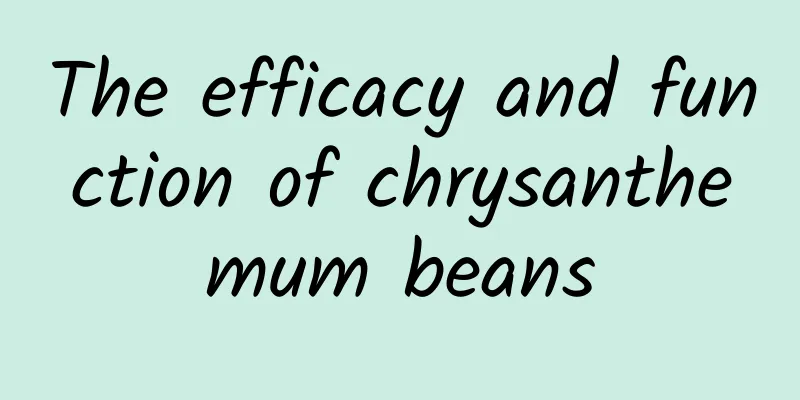The efficacy and function of orchid ginseng

|
Ginseng is a kind of traditional Chinese medicine. There are records of Ginseng in ancient Chinese medical books. Ginseng can treat many diseases and its effects are very comprehensive. We should make good use of it. [Other names] Wild ginseng (Southern Yunnan Materia Medica), fine-leaved adenophora, golden thread hanging gourd (Questioning Materia Medica), baby grass, milkweed (Plant Name Collection), blue flower ginseng, blue flower grass (Southern Yunnan Materia Medica Atlas), walking stick ginseng (Collated version of Southern Yunnan Materia Medica), jar grass, snake whisker grass, adenophora grass, broken stone beads (Sichuan Chinese Materia Medica), drum grass (Chongqing Herbal Medicine), golden thread grass, sky canopy grass, gourd grass (East Fujian Materia Medica), overlord grass, a nest of chickens, small green asarum (Guizhou Folk Medicines), cold grass (Fujian Chinese Herbal Medicine). [Source] It is the root or the whole herb with root of the Campanulaceae plant Panax notoginseng . Harvested in summer and sun-dried. [Original form] Perennial herb, about 30 cm high. The taproot is relatively thick and very long, with many lateral roots, which are light yellow in color. The stem is slender, erect or slender. The leaves are alternate, oblanceolate or linear-lanceolate, about 2 cm long, mucronate at the apex, sparsely shallowly serrated on the margin, elongated at the base, sparsely hairy on both sides, and sessile. The flowers are solitary at the top of the branches, light blue; the pedicels are slender; the calyx is 5-lobed, the lobes are lanceolate, erect; the corolla is blue, bell-shaped, and deeply 5-lobed; there are 5 stamens, the filaments are swollen near the base, and the anthers are oblong; there is 1 pistil, the ovary is inferior, inverted conical, 3-chambered, with many ovules, the style is slender, and the stigma is 3-lobed. Capsule, inverted cone, about 7 mm long, with a narrow base into a petiole, straw yellow when ripe, splitting between the calyx teeth at the top. The seeds are numerous, small, oblong, dark brown and shiny. Flowering period is from March to April. Fruiting period is May. [Habitat distribution] Growing on roadsides, stone steps, sandy ground or between rocks. Distributed in East China and Hubei, Hunan, Sichuan, Guizhou, Yunnan, Guangdong, Guangxi and other places. [Nature and flavor] "Southern Yunnan Materia Medica": "Neutral in nature, sweet and slightly bitter in taste." [Meridian] "Southern Yunnan Materia Medica": "enters the spleen and heart." 【Functions and indications】Tonify deficiency and relieve exterior symptoms. It is used to treat exhaustion, coughing up blood, epistaxis, spontaneous sweating, night sweats, leucorrhea in women, colds and coughs, stomachaches, diarrhea, and knife wounds. [Usage and Dosage] For oral use: decocted in water, 2-5 qian (1-2 liang for fresh ones). For external use: mash and apply. [Additional prescription] ① Treat excessive blood loss after childbirth, exhaustion, restlessness, spontaneous sweating, night sweats, and leucorrhea in women: 50 cents of orchid ginseng. Take a young hen, remove the intestines, add ginseng, boil it in water until it is soft and drink it. However, if the disease is extremely weak, it can be stewed with lean pork meat. (Compendium of Materia Medica in Southern Yunnan) 【Excerpt】 《*Dictionary》 [Source] From "Southern Yunnan Materia Medica" and "Southern Yunnan Materia Medica Atlas": Orchid ginseng should be regarded as blue flower ginseng. The pronunciations of orchid and blue are the same, which leads to the mistake. Blue flower refers to the color of the flower, while ginseng refers to its efficacy. The local name of Yimen (County) - blue flower grass is evidence of this. Through the introduction of the Chinese medicinal herb Orchid ginseng in the above article, we can clearly see that the Chinese medicinal herb Orchid ginseng has many effects and functions. Therefore, in the future, everyone might as well learn more about Chinese medicines such as orchid ginseng in their lives. |
<<: The efficacy and function of orchid double leaf grass
>>: Radish leaf benefits and functions
Recommend
Does anesthesia affect the brain?
《Cotton Swab Medical Science Popularization》 Depa...
Does calcium supplementation increase the risk of cardiovascular disease and kidney stones? The truth is this!
Is the TV cabinet of your elderly family also pil...
The efficacy and function of Zanthoxylum bungeanum
Zanthoxylum bungeanum is a very common and freque...
Smart freight: drones + artificial intelligence =?
Drones are now a common thing in our lives. Many ...
I was drooling over the raw marinated seafood, and I was instantly hooked when I saw the parasites.
What outsiders consider dark cuisine is a feast f...
The efficacy and function of wild peony
Most Chinese medicinal materials have good effect...
What are the medicinal values of creeping grass?
The creeping grass, also known as dogtooth petal ...
What is the method of edible dried Cynomorium songaricum?
Traditional Chinese medicine has an unshakable po...
Effects of Phellodendron chinense
Huangbai is a relatively common Chinese herbal me...
The efficacy and function of Sichuan costusroot[picture]
Sichuan costusroot [picture] is a very common Chi...
The domineering "little trumpet": The beautiful morning glory is actually a "foreigner"?
Speaking of invasive alien species, the most well...
Quantum dots, which won the Nobel Prize in Chemistry, may be used on your TV
At around 5:45 pm on October 4th, Beijing time, t...
What are the medicinal values of reed root
There are many Chinese herbal medicines in my cou...
The efficacy and contraindications of 37 powder
37 powder is a traditional Chinese medicine frequ...
The efficacy and function of yellow loquat leaves
After thousands of years of sedimentation and acc...








![The efficacy and function of Aralia dasyphylla root [picture]](/upload/images/67ca40b048d90.webp)
